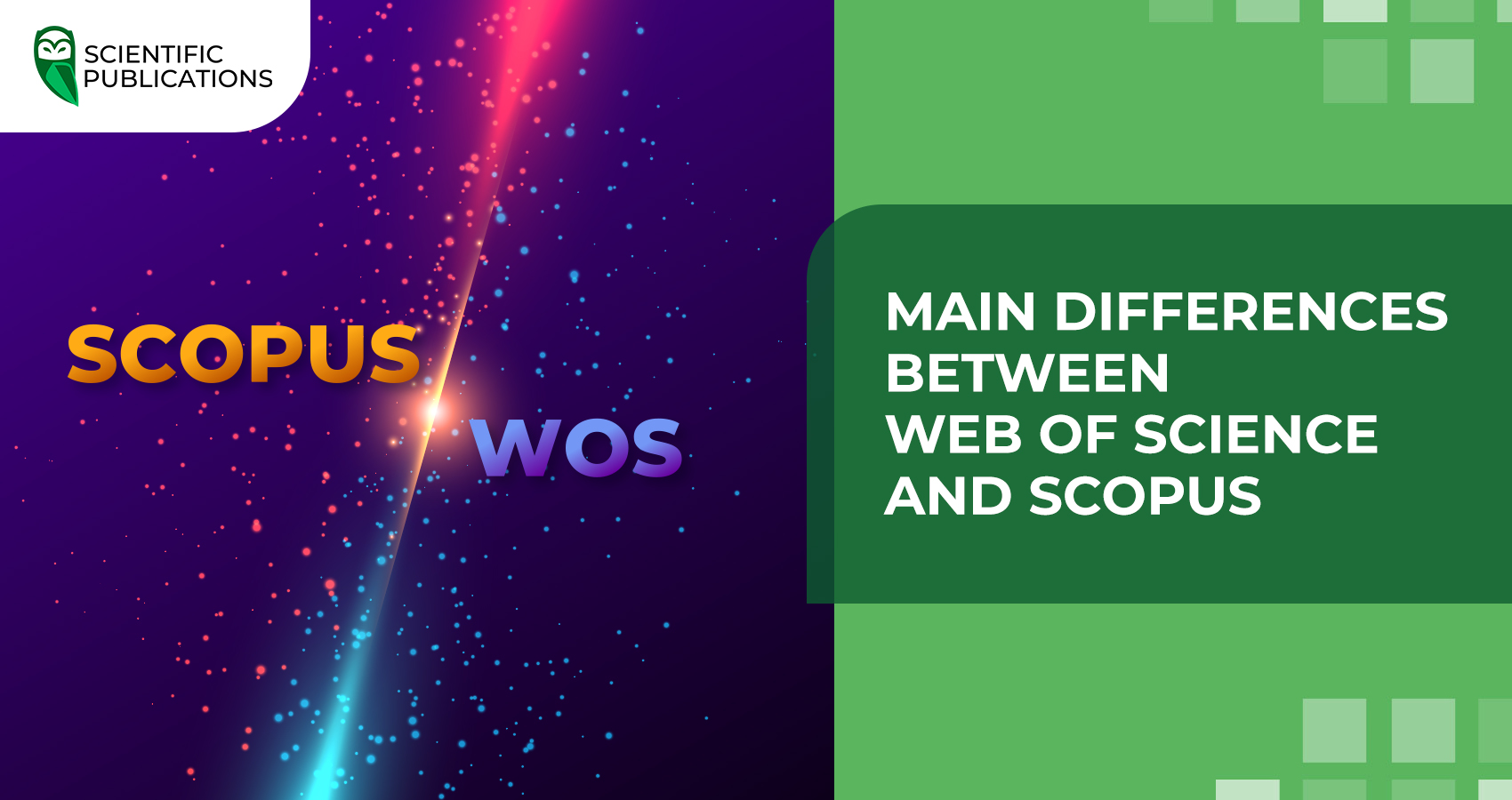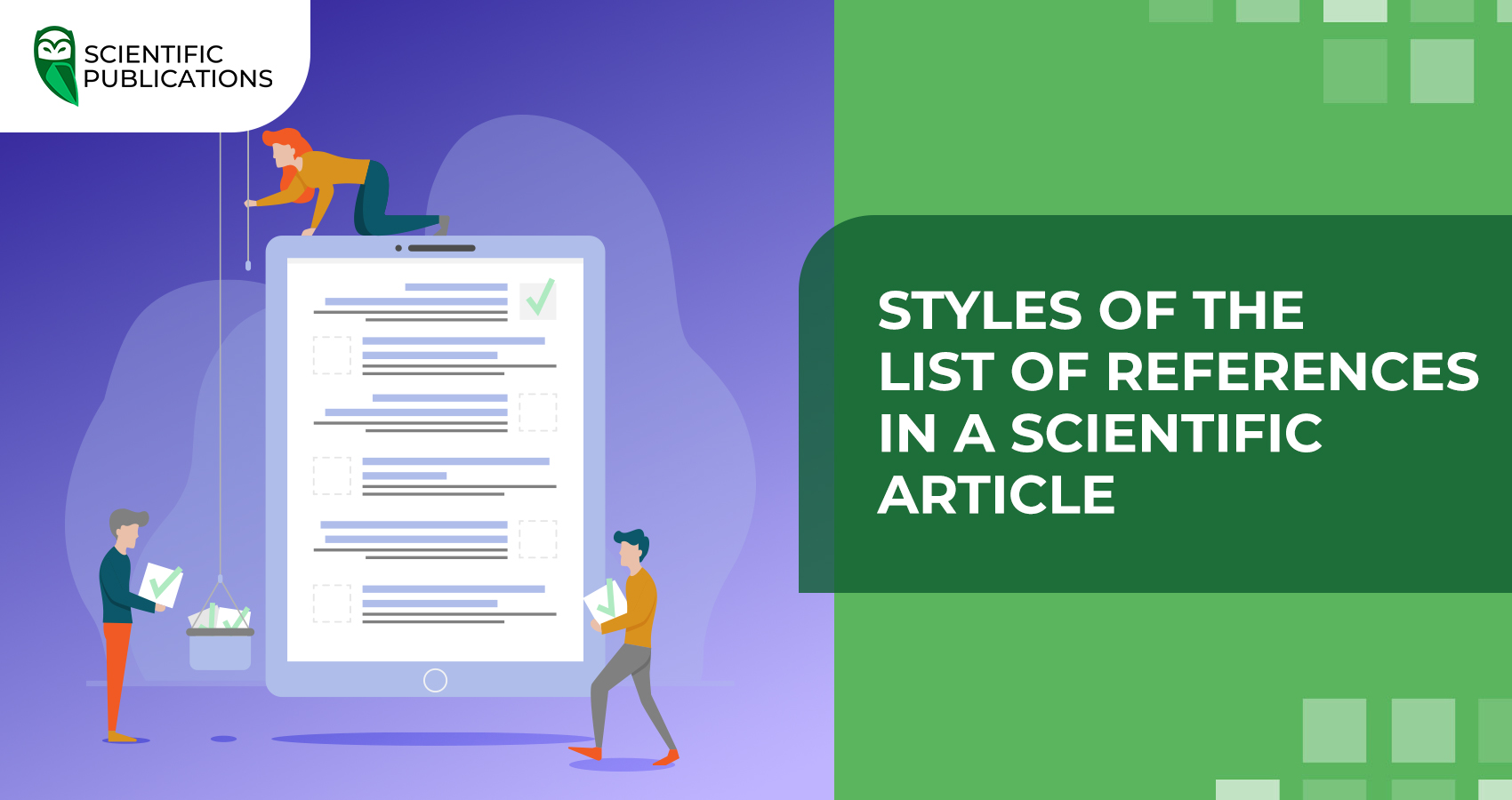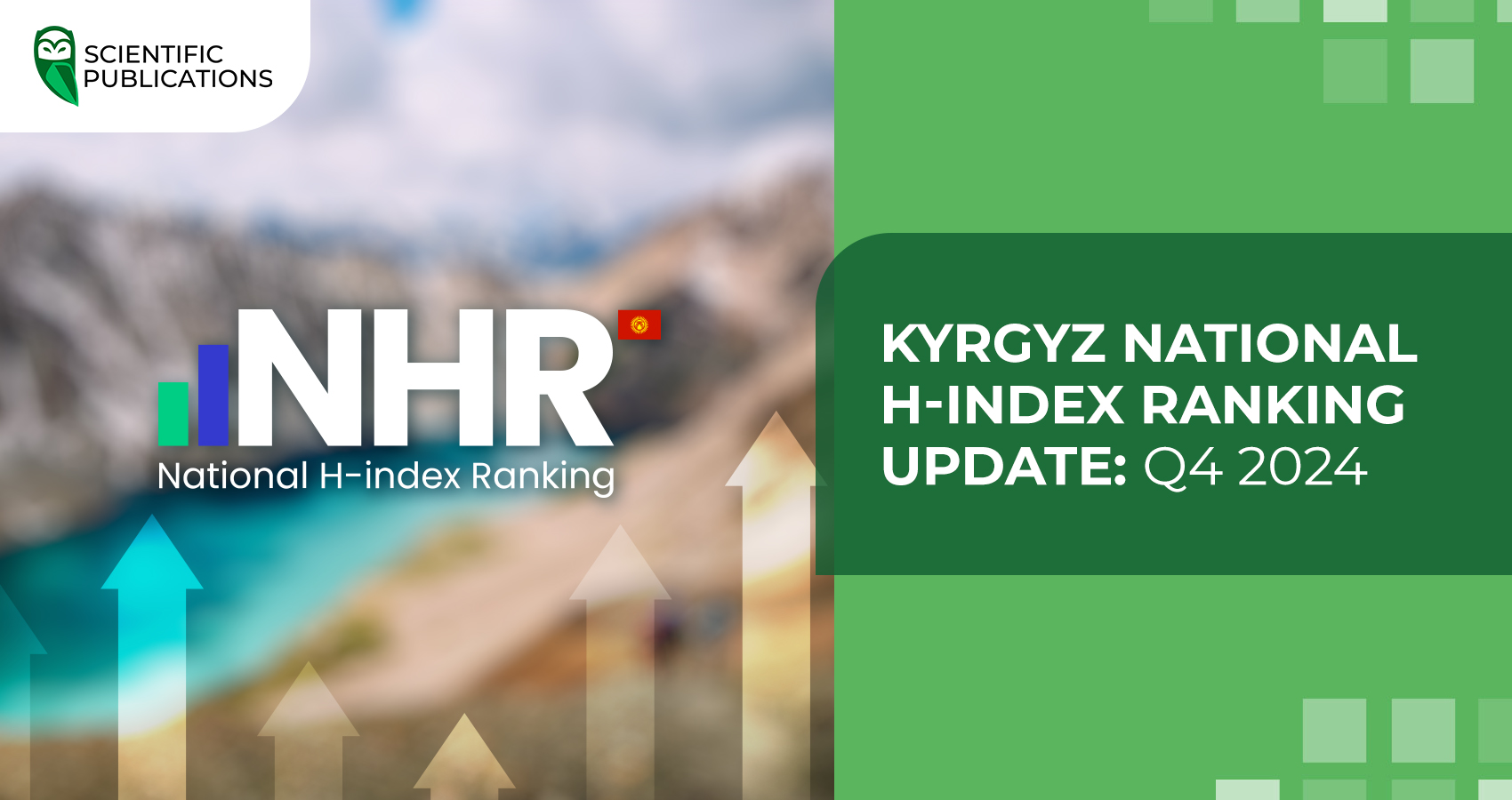Web of Science and Scopus are among the largest, most prestigious and authoritative scientometric databases in the world. They are used by students, young scientists and professionals to search for information when writing a scientific article. Publishing in Scopus and Web of Science is necessary and important for every scientist. Although both platforms offer similar services, there are some key differences between them. What are they? Let's find out in today's article.

Web of Science
Web of Science (WoS) is a bibliographic database founded in 1960 by Clarivate Analytics, a global leader in providing reliable information and analytics to accelerate innovation.
Web of Science covers journals from all over the world and contains millions of records, including journal articles, conference proceedings, book chapters and patents.
Web of Science provides full access to scientific, technical, medical, and social fields, providing detailed citation information, including the number of citations for each article.
Web of Science content:
- 2.2 billion citations
- 92 million records
- over 22 thousand peer-reviewed journals
- over 250 research fields
The Web of Science Core Collection consists of six indices:
- Science Citation Index (SCI).
- Social Sciences Citation Index (SSCI).
- Arts & Humanities Citation Index (AHCI).
- Conference Proceedings Citation Index (CPCI).
- Book Citation Index (BCI).
- Emerging Sources Citation Index (ESCI).
Scopus
Scopus is a bibliographic database founded by Elsevier in 2004, which is one of the leading publishers. Scopus indexes journals from all over the world, covering a wide range of scientific, technical, medical and social disciplines.
Scopus also provides advanced citation information, including the number of citations to each article and a number of indicators to assess the impact of research, such as the h-index, SJR and SNIP.
Scopus content
- Over 27.9 thousand peer-reviewed journals
- More than 330 thousand books
- More than 23.4 million Open Access items
- Over 2.4 billion cited references
- More than 94 million records
- More than 19.6 million author profiles
- Over 99.6 thousand affiliated profiles
- 330 disciplines
Artificial intelligence in databases
Both databases are actively implementing new technologies to improve the user experience. Over the past year, both Web of Science and Scopus have integrated artificial intelligence technologies, which opens up new opportunities for authors and researchers.
The use of artificial intelligence on the platforms helps to increase the productivity and efficiency of scientific work by providing quick access to up-to-date information. This makes it easier for researchers to find the content they need and conduct high-quality analysis, which has a positive impact on their research results and contributes to the overall development of science. You can learn more about the capabilities of artificial intelligence in the Scopus database in our article.
Differences between Scopus and Web of Science
It is impossible to say unequivocally that one database is better than the other. Most materials (over 90%) can be accessed in both platforms.
- International databases contain a large number of scientific journals, but a general trend can be observed: Scopus is more focused on the humanities, while Web of Science focuses on the sciences.
- Scopus and Web of Science have different structures. For example, WoS has citation indexes and collections, which is why it is often claimed that up to 15 databases can be distinguished within this platform. The central collection of Web of Science is the Web of Science Core Collection, which is the most authoritative.
- Scopus and Web of Science are focused on different criteria for evaluating scientific publications. Although some metrics, such as quartile and percentile, have similar names, their calculations are based on different indicators: CiteScore or SJR for Scopus, JIF for Web of Science.
- Web of Science has a deeper coverage of scientific citations, while Scopus focuses on contemporary sources. Scopus was launched later, but contains a larger amount of indexed data.
Let's take a closer look at some of the differences.
Time coverage of materials
Scopus and Web of Science have significant differences in the coverage of historical publications. Scopus contains materials dating back to 1788, and references began to appear in the 1970s. Web of Science, on the other hand, has been fully indexed since 1900.
These differences affect the ability to research scientific trends, which is extremely important for researchers. Such analysis allows us to track changes in scientific ideas and methods over time, which in turn helps to predict future research directions and develop innovative strategies.
Collaboration with scientific resources
Databases have different systems of interaction with other scientific resources. For example, Scopus cooperates with the SciVal platform, which provides opportunities for analysing research results and exploring relationships. This allows researchers to conveniently move between platforms, getting a more complete picture of their research.
SciVal is a modular online platform that allows you to monitor and analyse scientific research using modern citation metrics and visualisation tools. It has four main modules: Overview, Benchmarking, Collaboration, and Reporting, which help to gain a deeper understanding of scientific activity.
Web of Science has partnered with InCites, which also offers powerful tools for analysing scientific achievement and productivity.
InCites is an online tool for evaluating research results, citations, and their significance. It uses data from the Web of Science Core Collection and allows managers of universities, research institutions, and foundations to assess the effectiveness of their activities by comparing them with the results of colleagues both in Ukraine and abroad.
This integration gives researchers access to in-depth analysis of citations and impact indices, which allows them to more accurately assess their scientific contribution.
Topics of publications
As we mentioned above, Scopus focuses on the humanities, while Web of Science focuses on the sciences.
| Scopus | Web of Science |
| Art history | Biology |
| Linguistics | Mathematics |
| Literature | Chemistry |
| Philosophy | Physics |
| Sociology | Computer science |
| Cultural studies | Medicine |
| History | Engineering sciences |
| Psychology |
Scientometric indicators
Databases use various metrics to evaluate and select scientific content, which determines their credibility and attractiveness to researchers. Scopus uses metrics such as SJR (SCImago Journal Rank), SNIP (Source Normalised Impact per Paper), and CiteScore.
Instead, Web of Science focuses on the Impact Factor (IF) as the main metric, which is a classic indicator of scientific impact. In addition, Web of Science offers additional metrics, such as Journal Citation Indicator (JCI), JIF Percentile, and Quartile, which allow comparing journals within a particular field.
Dual indexing
Some scientific journals are simultaneously indexed in Scopus and Web of Science, which makes it easier to choose between these databases. Such publications have high scientometric indicators and strict selection criteria. Double indexing is available for journals from Elsevier, Springer, Wiley, and Oxford University Press, among others.
Indexing in both databases is a kind of quality mark that indicates the recognition of research at the international level. It makes the work more visible, increases the author's authority, and promotes citation. The choice between Scopus and Web of Science depends on the needs of the researcher, so it is important to consider the differences between them and choose the database that best suits their research goals.
“Scientific Publications” offers you a guaranteed publication in the Web of Science and Scopus databases. Fill out the form below, and our manager will contact you shortly for a free consultation. Together to a successful publication!





